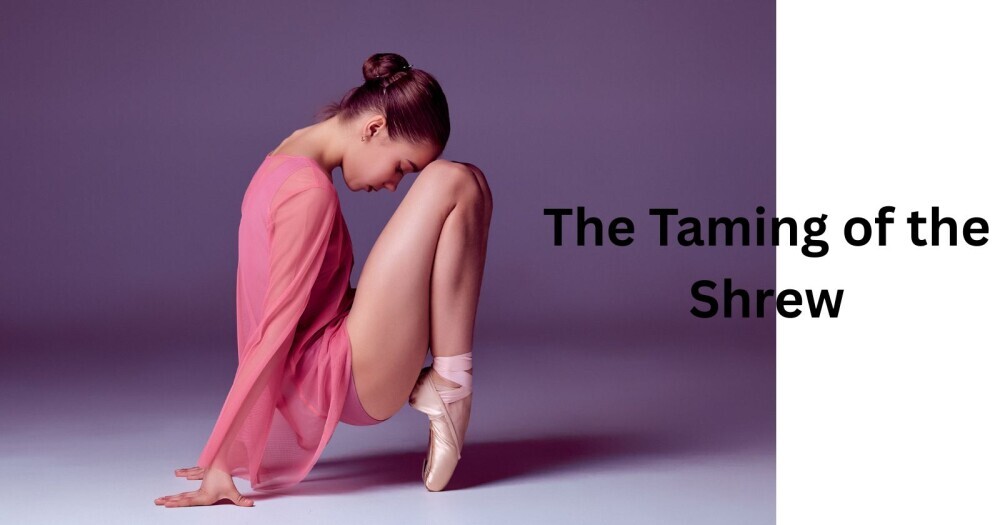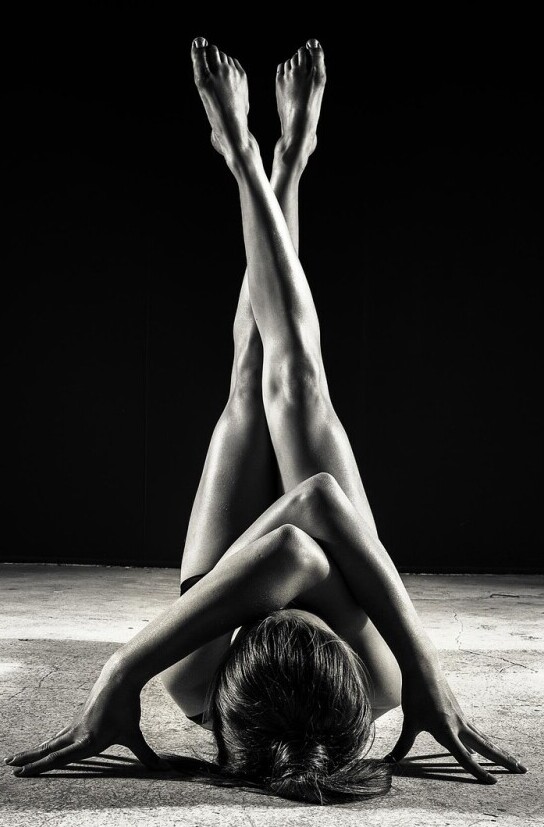The taming of the Shrew is a ballet in to acts based on Shakespeare’s story of the same name. The ballet was choreographed by John Cranko and the music was was Kurt-Heinz Stolze after Scarlatti. The scenery and costumes were done by Elisabeth Dalton.
The Taming of the Shrew Ballet was first performed by Wurttenberg State Ballet in Stuttgart on the 16th of March 1969 and then staged by the Royal Ballet at Covent Garden on the 16th of February 1977.

Ballet Performance – The Taming Of The Shrew
Here is a brief synopsis of this ballet.
Act 1
Scene 1:
Outside Baptista’s House.
Three suitors (the coxcomb Hortensio, the silly student Lucentio and the old roué Gremio) arrive to serenade Baptista’s pretty younger daughter Bianca.
Her older sister Katherina interrupts the idyllic scene. Baptista declares that Bianca shall not marry until Kate is wed. The rumpus awakens a crowd of neighbors whom Kate sends packing.
Scene 2:
A Tavern.
The three thwarted suitors nurse their battle cars from this affray. Petruchio, a gentleman of more generosity than means, arrives tipsy and is stripped of his last penny by two ladies of the streets.
The others offer to introduce him to an heiress. To their delight he accepts.
Scene 3:
Baptista’s House.
Petruchio arrives and asks for Kate’s hand. After a stormy courtship she agrees. Meanwhile Bianca’s tutors, in disguise, press their claims under pretense of giving a music lesson. She favors Lucentio.
Scene 4:
A Street.
Neighbours on their way to Kate’s wedding find the matter a huge joke. Bianca’s suitors gleefully join them.
Scene 5:
Baptista’s House.
Petruchio arrives late and behaves outrageously at the wedding. After the ceremony he carries off the bride without waiting for the feast.
Act 2
Scene 1:
A Country Road.
The newlyweds travel through a storm towards Petruchio’s house.
Scene 2:
Petruchio’s Kitchen.
Kate arrives hungry and soaked through. Petruchio prevents her from eating under the pretext that the food is not good enough. She refuses to go to bed with him and spends a hard , cold night on the kitchen floor.
Scene 3:
A Carnival.
Lucentio, bribing the two ladies of the streets to wear cloaks and masks like Bianca’s, tricks his two rivals into marrying them.
Scene 4:
Petruchio’s Kitchen.
Still cold and starving, Kate is further provoked by Petruchio. Eventually she capitulates and they admit that they love each other.
Scene 5:
A Country Road.
Traveling to Bianca’s wedding, Petruchio indulges in some more whims, but Kate has learned how to humour him.
Scene 6:
Bianca’s Wedding
Bianca, like the wives of Gremio and Hortensio, treats her husband disdainfully, but Kate shows them how a wife is expected to behave. Left alone, she and Petruchio revel in their new-found love.
John Cranko loved to make people laugh with his ballets. Here is a short snippet and as you can see it is loads of fun.
From his early Children’s Corner in 1946, through to such works as Pineapple Poll, Bonne Bouche and his version of Sweeney Todd, he delights in delighting his audiences with his wit. He succeeded where others failed, as it is extremely difficult to make jokes in ballet.
In the taming of the shrew both the characters and the audience have a really jolly time.
Cranko’s ability to suggest the variety of love in its most outrageous as well as its sweetest manifestations, gives the ballet a true and touching heart.
The work was created for Marcia Haydee and Richard Cragun originally.
Haydée hurling blows at Cragun, Cragun pulling Kate unceremoniously to the ground, both artists battling and loving and playing tricks, shows a dance partnership unrivaled in our time in sensitivity of rapport and completeness of artistry.

